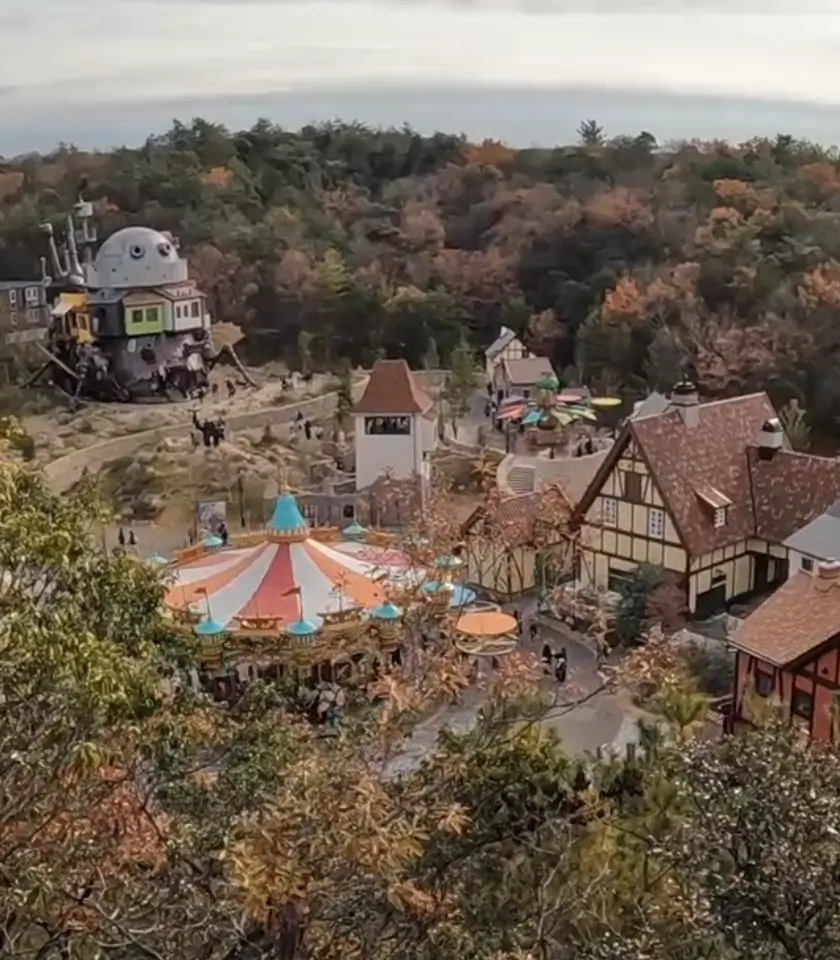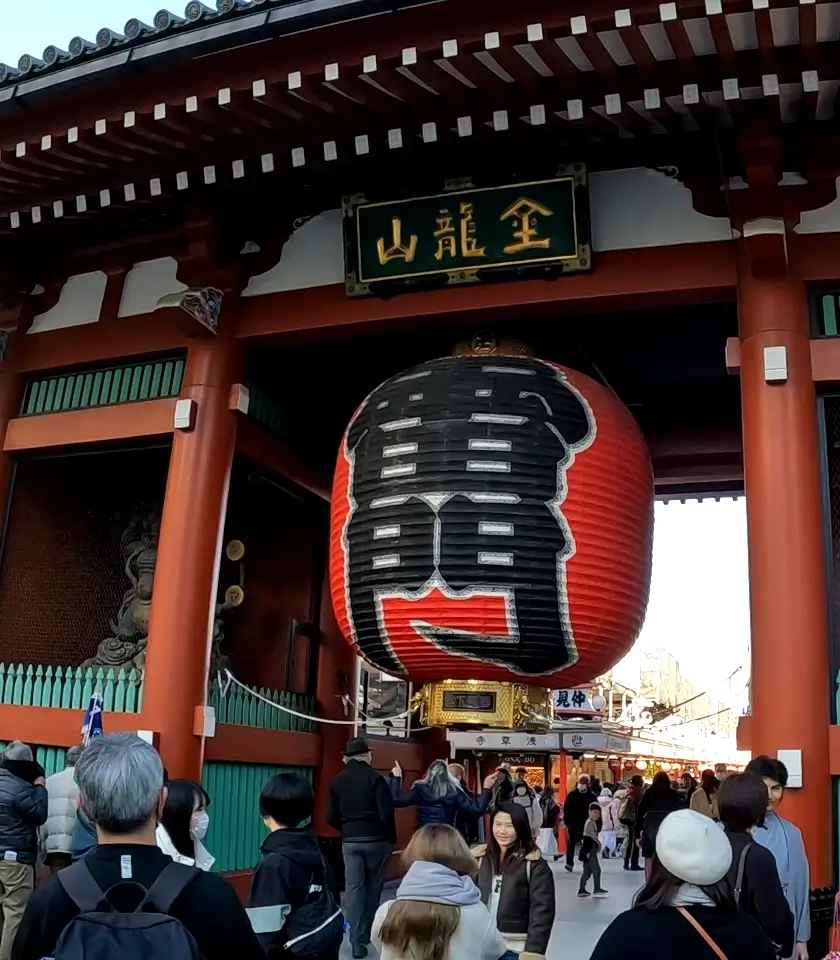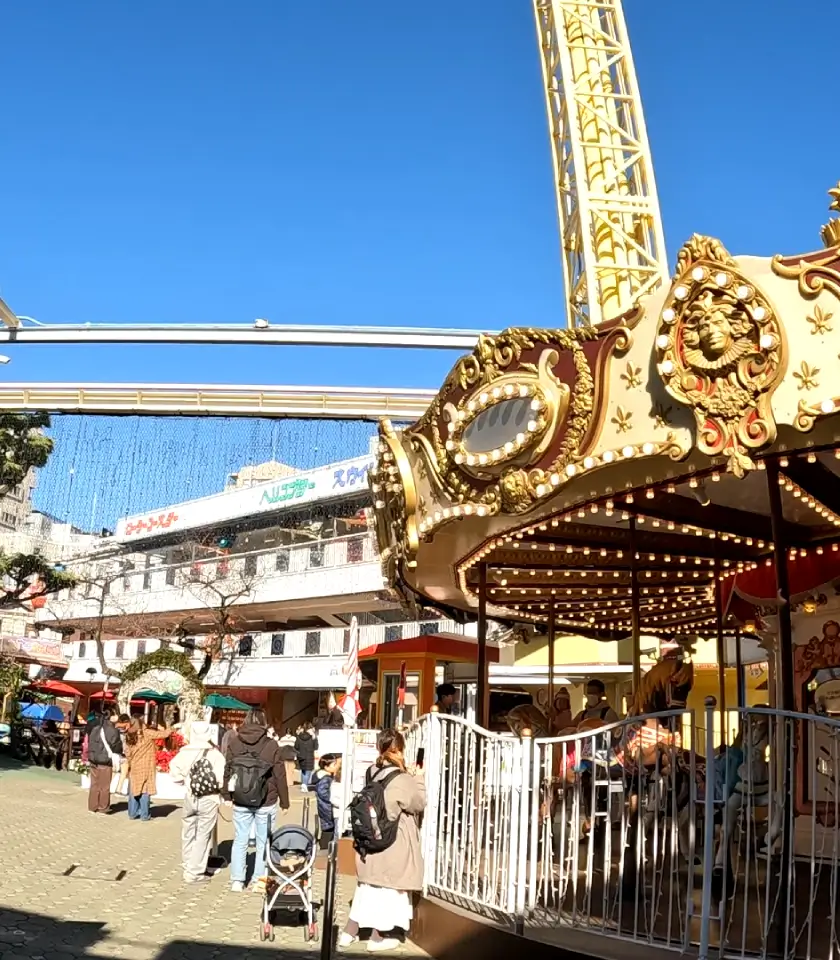Living my Ghibli Dreams at Ghibli Park
If you’re a Studio Ghibli fan, visiting Ghibli Park in Nagakute is nothing short of magical. From the moment we started our journey, it was clear that this wasn’t just any theme park — it’s a carefully designed space that brings Ghibli’s world to life in the most charming way.
tldr video
A Ghibli Welcome at Fujigaoka Station
Before even reaching the park, the magic begins at Fujigaoka Station. This station is important because most people traveling from Nagoya Station will first take the Higashiyama Subway Line to Fujigaoka, then transfer to the Linimo line that goes directly to Ghibli Park. While Fujigaoka isn’t the park’s station, it’s the main transfer point — and it already sets the mood for the visit. The station is decorated with Ghibli media, instantly letting us know we were on the right track. It felt so cute and welcoming — almost like stepping into a storybook before the adventure even began.
The actual station for Ghibli Park is Aichikyūhaku-Kinen-Kōen Station on the Linimo line, just a short walk from the entrance.
Ticketing System – Plan Ahead!
A key thing to note: tickets are released exactly two months in advance. You can’t book too early, and waiting too long means they might sell out. Not every attraction requires a ticket though — so even if you don’t manage to secure one for the main facilities, you can still enjoy the public areas and free attractions.
A Lawson Like No Other
Upon entering Ghibli Park, the first thing that caught our eye was the special Lawson convenience store. Unlike regular Lawson stores across Japan, this one sells unique Ghibli-themed items — making it an attraction of its own!
It’s also a great chance to stock up on snacks and drinks before exploring, since the park is spread out and you’ll be doing quite a bit of walking. Having a drink or light snack on hand makes the long strolls between attractions much more enjoyable.
Spacious Grounds and Themed Areas
One of the best things about Ghibli Park is how spacious it feels. Unlike many packed theme parks, the attractions are spread across a wide area, making it enjoyable to stroll, explore, and take in the scenery. Each zone captures the heart of different Ghibli classics.
Attractions to Explore
Ghibli Park is divided into several themed areas, each inspired by the films:
- Ghibli’s Grand Warehouse – indoor exhibitions, film sets, and character displays.
- Hill of Youth – featuring the World Emporium from Whisper of the Heart.
- Dondoko Forest – Totoro-themed with the life-sized Satsuki and Mei’s House.
- Mononoke Village – inspired by Princess Mononoke (with statues of creatures and rustic settings).
- Valley of Witches – the newest area, bringing Howl’s Moving Castle and Kiki’s Delivery Service to life.
Even if you don’t enter every zone, just walking through them feels like living in a Ghibli film.
The Adorable Catbus Transport
Inside the park, the transport design is another highlight — the Catbus from My Neighbor Totoro! Seeing the Catbus turned into a practical yet whimsical mode of transport was an absolute delight.
Food and Rest Areas
There are designated food stalls and rest areas throughout the park, perfect for recharging in between exploring. Whether it’s grabbing themed snacks or simply sitting down to enjoy the atmosphere, it felt well thought out for visitors.
Ending with Souvenirs
Like any true Ghibli experience, the journey wouldn’t be complete without a stop at the souvenir store. From plushies and postcards to beautifully designed collectibles, it was the perfect way to wrap up our day and take a piece of Ghibli magic home.
A Day of Ghibli Magic
Ghibli Park isn’t about flashy rides — it’s about immersion into the Ghibli universe. From Fujigaoka Station to the Catbus rides and the charming souvenir store, everything felt thoughtfully designed. If you’re a Ghibli fan planning a trip to Japan, Nagakute’s Ghibli Park is an absolute must-visit.


